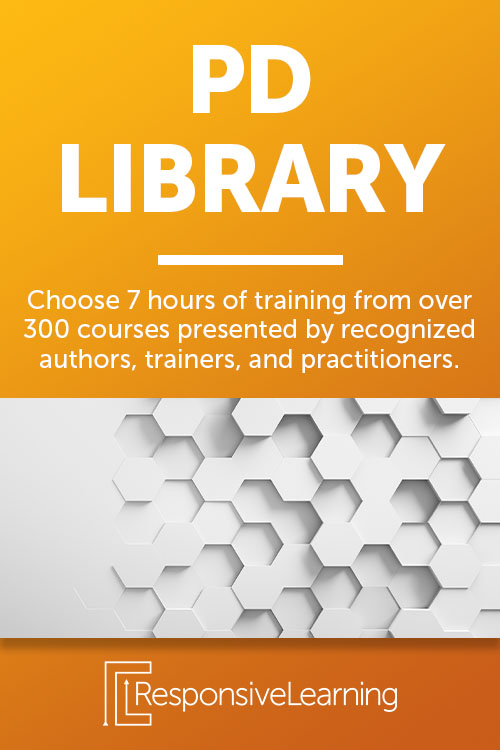Do you remember your favorite teacher as a child? What did you like best about them? Were they controlling, or did they ask thought-provoking questions, allowing you the freedom to make your own decisions?
Educators know that it isn’t always what you teach, but rather how you make your students feel that instills a positive lifelong impact. With Instructional Strategies for Students with Disabilities, you too can be that influential teacher.
1. Establish a Routine
The first step toward successfully supporting students with disabilities is by establishing a regular routine. Ayo Jones explains, “A predictable routine can help most students with disabilities manage their schedule, control their behavior, and attend to academics.”
Renowned Special Education teacher Ayo Jones shares her wisdom to provide paraeducators with classroom success. She is a 15-year educator, author, and founder of Noodle Nook – an online resource for teachers in Special Education.
She recommends writing on Post-it notes so your students know what they are expected to do now and later. Use visual representations. Creating consistency and clear expectations in your classroom will set your students up for success.
2. Model Desired Behavior
Behavior modeling is instrumental when it comes to teaching students with disabilities. You can accomplish this through the “I do, we do, you do” strategy. Continue practicing the skill or activity together until the student is successful – repetition is key!
Remember to use concrete examples and avoid abstract ideas, as they are often difficult to comprehend. Jones suggests using manipulatives or drawing pictures when conveying something more abstract. Visuals are essential cues to learning and understanding.
Help your students feel inspired by focusing on their individual strengths rather than their limitations. Ask thought-provoking questions to avoid overdependence or learned helplessness. Before correcting an error, you should encourage a student to make their best guess based on what they know.

3. Give The Power of Choice
Far too often, children who have disabilities are not offered the ability to choose what they want. Jones asks, “How many choices are you offering your student with a disability?” Consider implementing this strategy more frequently in your classroom. Giving a choice to a child with a disability is incredibly empowering.
At the end of this session, you’ll be able to apply these strategies while addressing any specific deficits that students with disabilities may have in your classroom. Although assignments and students change over time, you can confidently support them with a strong foundation.
Interested in learning more about how you can inspire your students with disabilities? Explore the course demo on SPED Paraeducators – Instructional Strategies for Students with Disabilities today!







